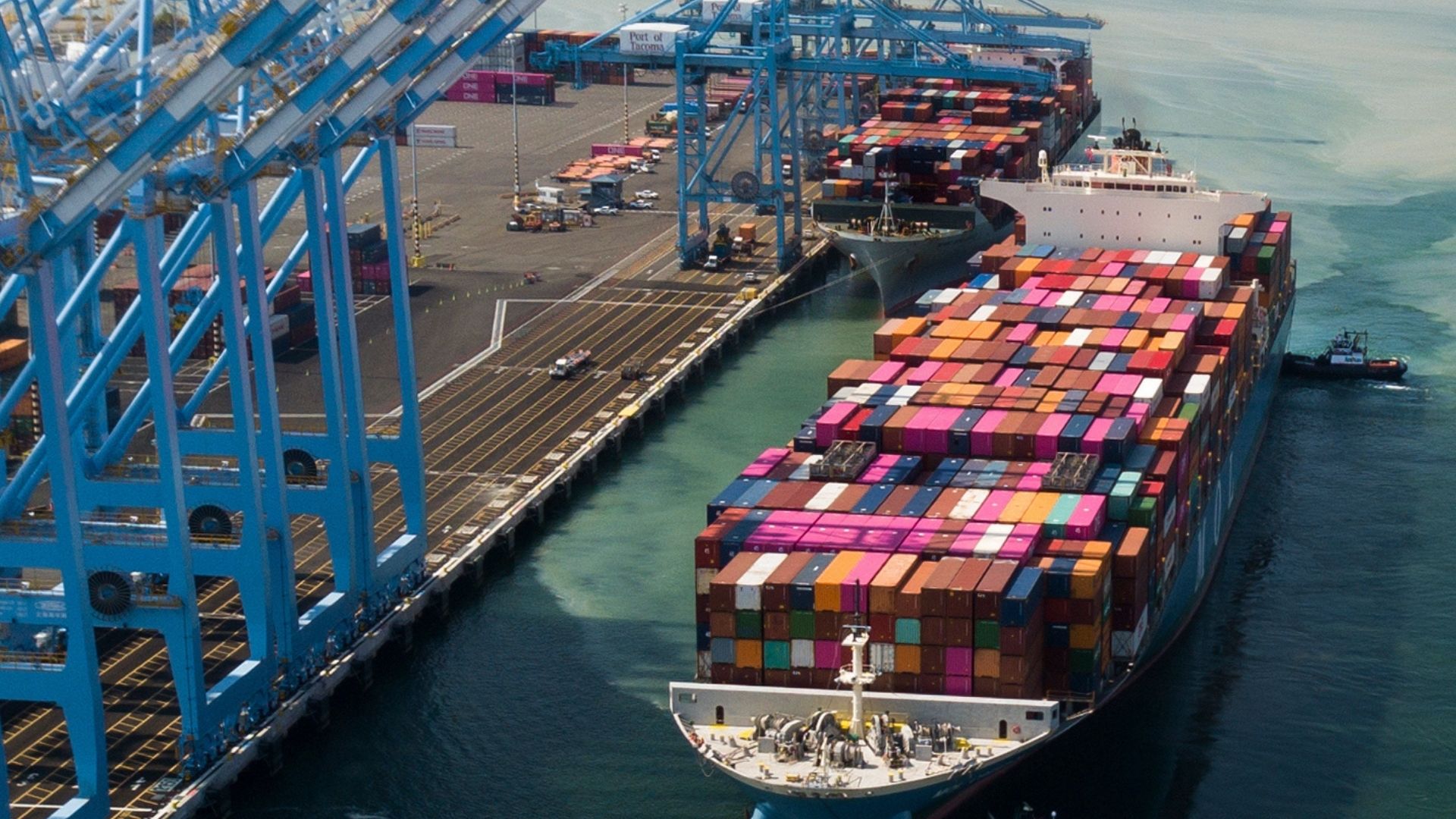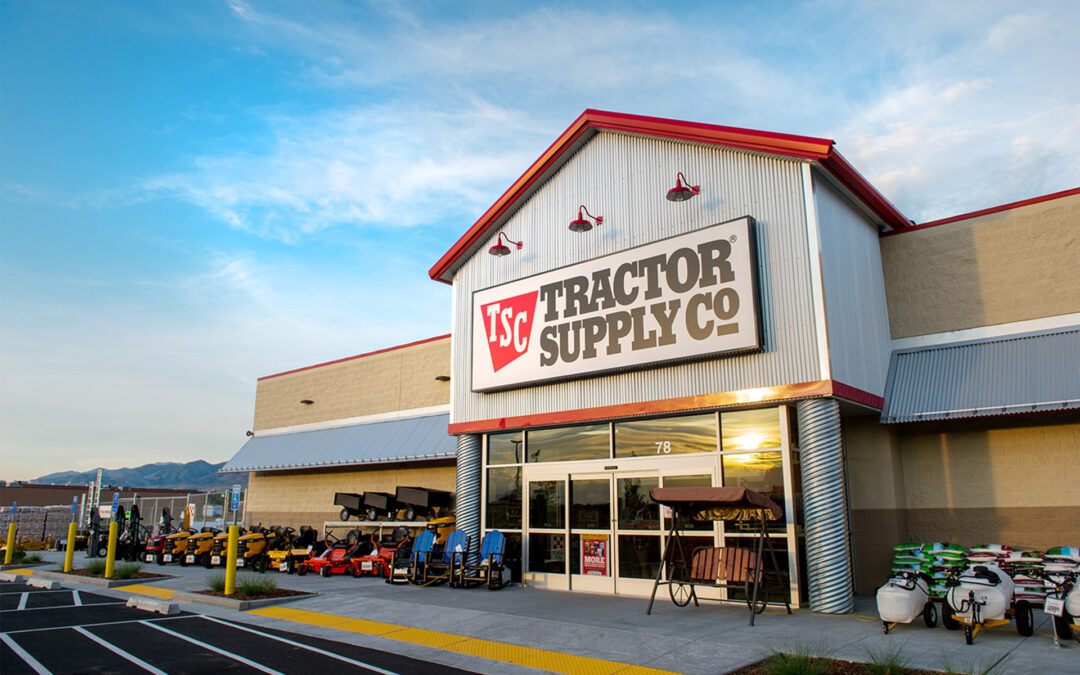The Global Port Tracker report released by the National Retail Federation and Hackett Associates indicates that import cargo volume at the nation’s major container ports will be 22% lower during the first half of 2023 than during the same period in 2022 despite increased consumer spending.
The report comes amid disruptions at West Coast ports at a time when labor negotiations are ongoing, but the incidents have not yet been widespread enough to be reflected in nationwide data, according to NRF. Earlier this week, NRF issued a statement calling on the Biden administration to intervene following reports of disruptions at terminals operating in the California Ports of Oakland and Long Beach. The disruptions have come as port operators and the International Longshore and Warehouse Union and the Pacific Maritime Association have failed to reach a new labor agreement after more than a year of negotiations.
Ports covered by Global Port Tracker in the United States handled 1.78 million Twenty-Foot Equivalent Units, defined as one 20-foot container or its equivalent, in April, the latest month for which final numbers are available. The figure was up 9.6% from March but down 21.3% year over year.
Ports have not yet reported May numbers, but Global Port Tracker has projected the month at 1.84 million TEU, down 23% from May 2022. June is forecast at 1.91 million TEU, down 15.3% year over year. In total, trends suggest that the first half of 2023 will come out at 10.5 million TEU, down 22.3% from the first half of 2022. The Global Tracker forecast for July comes in at 1.99 million TEU, down 8.8% year over year, for August at 2.02 million TEU, down 10.5%, for September at 1.95 million TEU, down 4%, and for October also at 1.95 million TEU, down 2.7%.
Global Port Tracker has not yet forecast the full year but anticipates the third quarter to total 5.97 million TEU, down 7.9% from the 2022 period, and the first nine months of the year to total 16.48 million TEU, down 17.6% year over year. Imports for all of 2022 totaled 25.5 million TEU, down 1.2% from the annual record of 25.8 million TEU set in 2021.
“Cargo volume is lower than last year, but retailers are entering the busiest shipping season of the year bringing in holiday merchandise,” NRF vp for supply chain and customs policy Jonathan Gold said. “The last thing retailers and other shippers need is ongoing disruption at the ports. If labor and management can’t reach agreement and operate smoothly and efficiently, retailers will have no choice but to continue to take their cargo to East Coast and Gulf Coast gateways. We continue to urge the administration to step in and help the parties reach an agreement and end the disruptions so operations can return to normal. We’ve had enough unavoidable supply chain issues the past two years. This is not the time for one that can be avoided.”
Right now, shipping has reached something more typical of the pre-pandemic activity.
“Economists and shipping lines increasingly wonder why the decline in container import demand is so much at odds with continuous growth in consumer demand,” Hackett Associates founder Ben Hackett said, noting that spending has been bolstered by strong employment gains and increases in personal income, and adding that import container shipments have returned to pre-pandemic levels “and appear likely to stay there for a while.”





